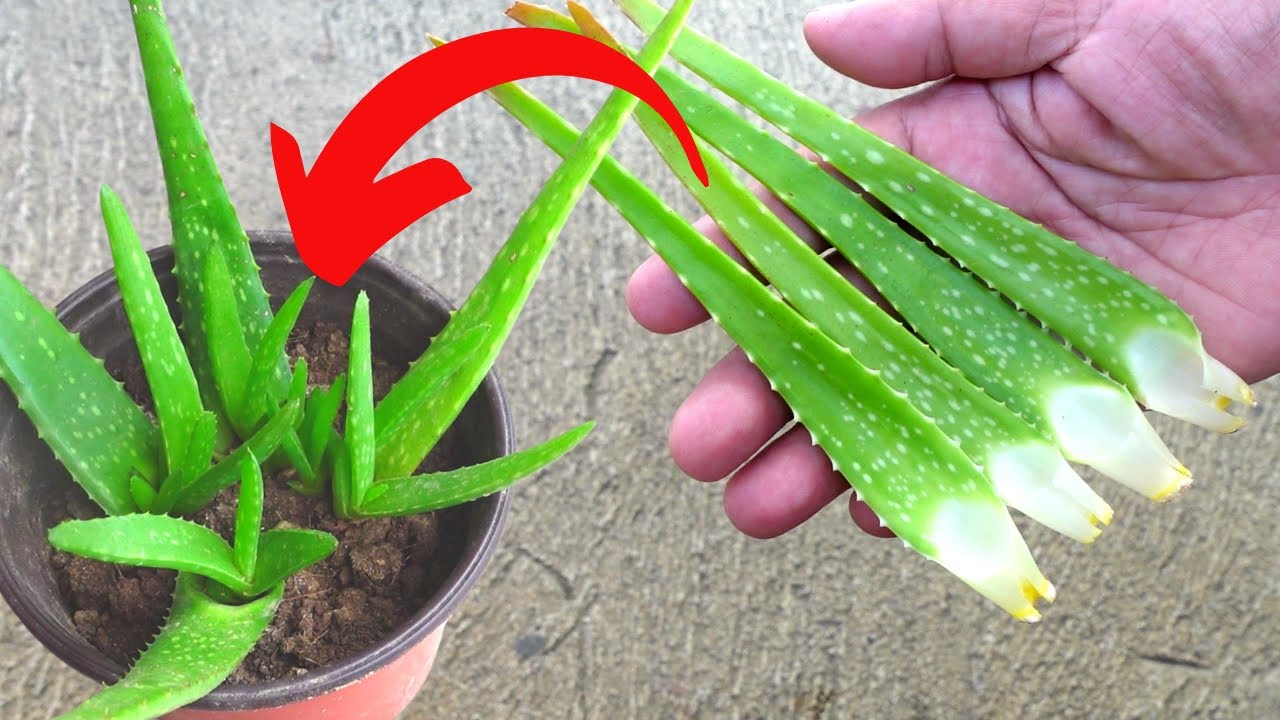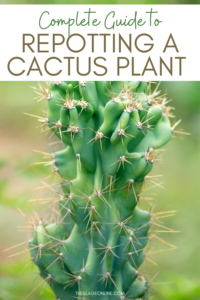Aloe Vera, an extraordinary succulent known for its medicinal properties and resilience, captivates the hearts of plant enthusiasts and gardeners worldwide. With its fleshy, serrated leaves and striking green color, Aloe Vera not only serves as a beautiful addition to any home but also provides an array of health benefits. A fascinating aspect of this plant is its ability to propagate, making it an ideal choice for those looking to expand their collection or share its wonders with others. This comprehensive guide will delve into the step-by-step process of Aloe Vera propagation, revealing techniques that allow you to cultivate this remarkable plant effortlessly.
Understanding Aloe Vera’s Propagation Mechanisms
Before embarking on the journey of propagation, it is pivotal to understand the two primary methods: offsets and leaf propagation. Offsets, or pups, are small clones that sprout at the base of the parent plant. These pups are genetically identical to the mother plant and share its desirable traits, making them a popular choice for propagation. On the other hand, leaf propagation involves severing a mature leaf from the parent plant, allowing it to develop roots and eventually grow into a new plant.
Both methods have their charm, but the offsets are often the easier of the two and yield quicker results. Understanding these mechanisms lays the groundwork for successful propagation. Now, let’s embark on the step-by-step adventure of bringing new Aloe Vera plants to life.
The Ideal Conditions for Propagation
Setting the stage for successful propagation requires an understanding of Aloe Vera’s environmental preferences. These hardy succulents thrive in bright, indirect sunlight; too much harsh sunlight can scorch their leaves. Therefore, a sheltered spot near a window that receives ample light is ideal. The temperature should range between 60°F to 75°F (15°C to 24°C), as extremes can hinder growth. Moreover, ensuring the right soil conditions is paramount. A well-draining cactus or succulent mix is recommended, as it prevents excess moisture that could lead to rot.
Gathering Your Tools and Materials
Prior to beginning the propagation process, assemble the necessary tools and materials. You will need:
- A mature Aloe Vera plant
- Clean, sharp knife or scissors
- Small pots for planting pups or leaf cuttings
- Well-draining soil mix
- Water for initial hydration
With everything in place, you are ready to transition to the propagation techniques that will launch your Aloe Vera propagation journey.
Propagation Through Offsets: An Easy Method
One of the most straightforward methods to propagate Aloe Vera is through offsets, which allows you to cultivate new plants with relative ease. To begin, gently remove the parent plant from its pot, taking care not to disturb the roots excessively. Observe the base of the plant for offsets—these small pups will be rooted into the soil, attached to the mother plant.
Using your clean knife or scissors, meticulously sever the offset from the main plant, ensuring you cut as close to the base as possible without damaging either plant. Afterward, let the offset rest in a dry place for a day or two. This allows the cut surface to callus over, reducing the risk of rot when planted.
Once the offset has dried, it can be potted up in its own container filled with well-draining soil. Make a small hole in the soil and gently place the offset, ensuring it is secure but not buried too deep. Water it lightly to help settle the soil, but avoid over-saturation. Place the new pot in bright, indirect sunlight, and watch as it begins to establish roots.
Leaf Propagation: A More Challenging Approach
If you decide to go the route of leaf propagation, prepare for a slightly more intricate process. Begin by selecting a healthy, mature leaf from the parent plant. Ideally, choose a leaf near the bottom, as these tend to be more robust. With your clean knife, cut the leaf as close to the base as possible.
After obtaining your leaf cutting, let it dry out for several days, allowing the cut end to callus over. This step is essential, as it minimizes the risk of rot in the early stages of growth. Once the cut end has callused, prepare a small pot with well-draining soil. Plant the leaf cutting upright in the soil, burying about one inch of the cut end while ensuring the leaf remains upright.
Water the cutting sparingly—just enough to keep the soil slightly moist but never soggy. The leaf cutting will require time and patience, but eventually, roots will emerge along with signs of new growth from the base. Consider placing a plastic bag over the pot to create a mini-greenhouse effect, promoting humidity, but be sure to remove it periodically to avoid excess moisture.
Caring for New Aloe Vera Plants
Once your new Aloe Vera plants have settled into their new homes, proper care is essential for healthy growth. Monitor their light exposure closely, ensuring they receive ample but not direct sunlight. Watering should be done only when the soil feels dry to the touch; overwatering can lead to root rot, particularly in young plants.
Additionally, feeding your Aloe Vera with a diluted, balanced fertilizer during the growing season can provide the necessary nutrients to foster robust development. Watch for pests and diseases, and address any issues promptly to ensure continuous thriving.
Conclusion: The Joy of Cultivating Aloe Vera
Propagation presents an enriching opportunity for plant enthusiasts to expand their green collections. Whether through offsets or leaf propagation, the process offers a certain delight as one witnesses the miracle of plant life unfold. As your Aloe Vera plants flourish, you will not only marvel at their aesthetic appeal but also revel in their multifaceted benefits. The simplicity and resilience of Aloe Vera make it a rewarding companion for any gardening endeavor.





Leave a Comment